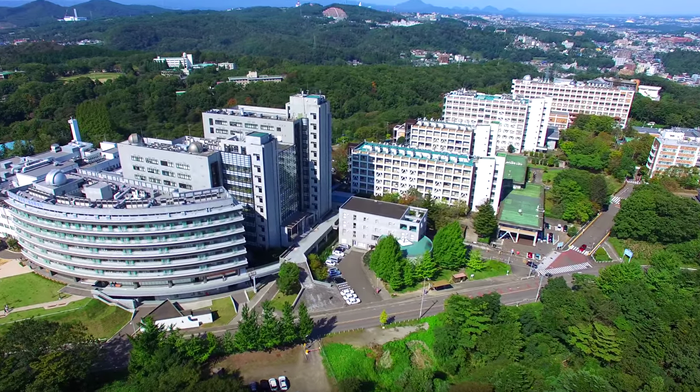Overview

The Faculty of Science came into being as the College of Science of Tohoku Imperial University in 1907. The Departments of Mathematics, Physics, and Chemistry began offering courses in 1911, followed by the Department of Geology the next year. The College of Science was renamed the Faculty of Science in 1919. Many departments and research laboratories have been added since then.
Tohoku University is committed, first and foremost, to excellence based on the principles of its foundation, i.e., "Research First" and "Open-door" policies. The School of Science has been playing important roles in the university to achieve these goals. The principle of "primary emphasis on research" is based on the belief that leading researchers can provide the best education. This ideology has remained the basis of education and research with an emphasis on creativity within our faculty for more than 90 years. An example of our "open-door" policy can be seen in the break with tradition in the era of modernization in Japan, the Meiji and early Taisho Periods, by our accepting female students and students graduating from schools not affiliated with the faculty based on their individual ability. Chika Kuroda, Ume Tange, and Raku Makita to join us as the first three Japanese female students, and Kaya Seiji, who graduated from Tokyo Technical College (later renamed Tokyo Institute of Technology) and became president of Tokyo University are excellent examples.
These two principles have been upheld since the foundation of the College of Science and have been the driving force behind our research. However, recent global changes have required universities in Japan to establish new objectives based on globalization and their contribution to society. The new objectives of the Faculty of Science, which can be achieved by promoting creative research and training new researchers, should be for it to gain recognition throughout the world for higher levels of research and for it to play a major global role in the advancement and propagation of new scientific technology. To achieve these objectives, steps were taken in 1994 and 1995 toward expanding the graduate schools of the university and giving them greater importance. This shift toward emphasis on graduate school study started with the reorganization of the Faculty of Science into the Graduate School of Science, which was aimed at achieving higher levels of research and education. The Graduate School of Science was reorganized with six departments, mathematics, physics, astronomy, geophysics, chemistry and geoenvironmental science, and affiliated research centers and facilities had been rearranged to 8 affiliated research centers and facilities.




